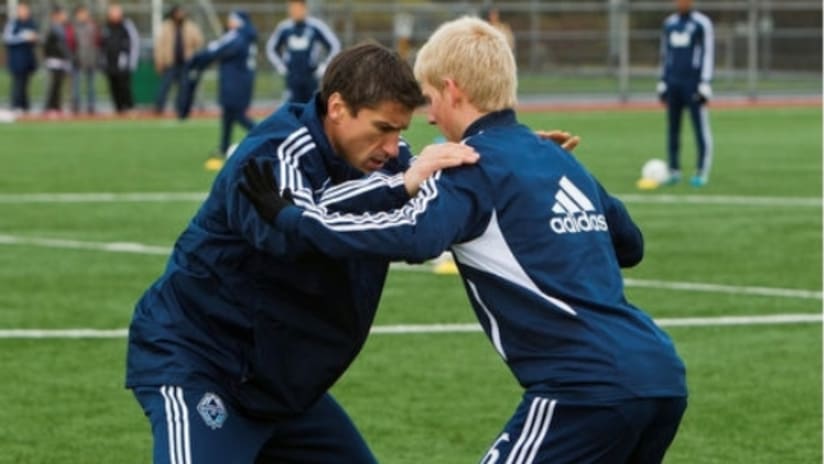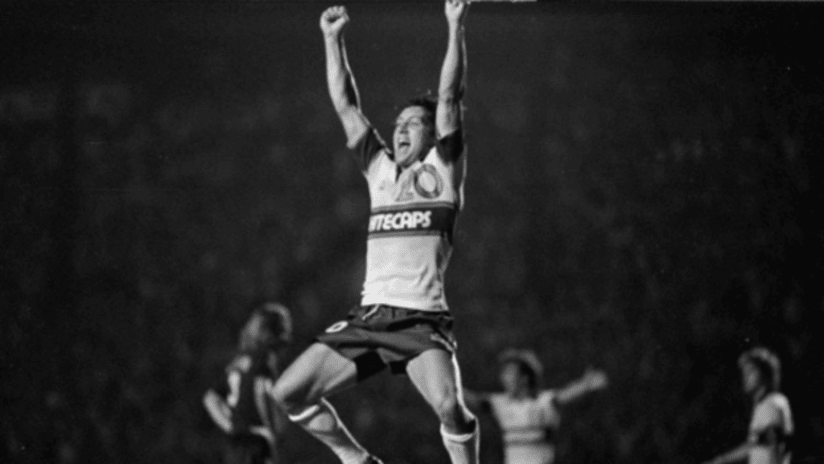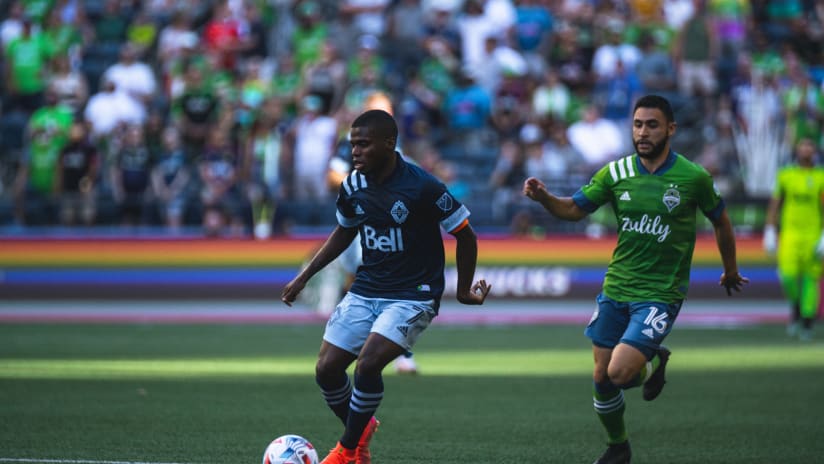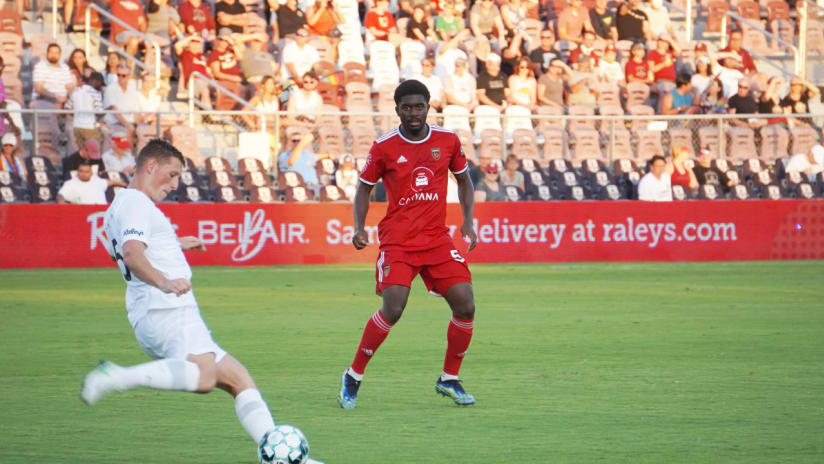In part one of our series on concussions and injury prevention we looked at how concussions have affected many athletes, both inside the soccer world and in other sports. This week, in part two of our series, we will take an in-depth look into the newly-implemented Major League Soccer (MLS) concussion protocol and how Whitecaps FC and MLS are ensuring proper concussion and injury prevention.
The ‘Caps saw firsthand the impact of injuries on their season. More importantly, however, is the importance for the athletes themselves, as it’s their professional career, and especially life, that is affected most. It’s for this reason that MLS is trying to stay in front of injuries. They have created a new and extensive concussion protocol in the hopes of protecting players.
Dr. Ruben J. Echemendia, a clinical neuropsychologist, who is one of the foremost authorities on concussions, led a medical symposium in the off-season with team doctors and officials to help develop the MLS concussion protocol. Dr. Echemendia was also the key figure in implementing the concussion protocol program in the National Hockey League (NHL).
The MLS protocol, which borrows some of the principals from the NHL protocol, calls for any player who is showing signs of a concussion to be removed from the match or practice immediately in order to be evaluated.
The concussed player is then put through three levels of testing protocol, each including some sort of cognitive testing, as physical symptoms such as nausea and headaches often resolve themselves before the cognitive symptoms. Once the player has passed all three levels of testing protocol, and are very clearly symptom-free, the team neuropsychologist and physician can clear them to do low-level physical activity. Then, once the players’ fitness is up to par, they’re cleared to return to the pitch. To ensure effectiveness of this protocol, players absolutely must be symptom-free to clear each level of the testing process.
Further to this, the league has made it mandatory for each team to now have a neuropsychologist on staff to act as the main authority in dealing with concussions. Player safety is also being taken quite seriously on the field, as harder tackles will now be met with stiffer penalties for this season, including strict supplementary discipline in the form of fines and suspensions.
The ‘Caps medical team have been praised league-wide for their fantastic in nursing players back to health, and now they’re looking to go a step further and prevent injuries from happening beforehand. That’s welcome news for fans, with many of Vancouver’s struggles on the pitch heightened by prolonged absences of players such as Joe Cannon, Jay DeMerit, John Thorrington, and Michael Nanchoff all last year.
The expansion of the injury prevention program started this off-season for the ‘Caps when they added physiotherapist consultant – and former ‘Caps defender – Dr. Rick Celebrini as the full-time head of sports medicine and science. Celebrini and his team believe in a holistic approach to health, and this vision is being carried out in off-season training with key injury prevention methods. Activities such as yoga, swimming, and core training have been integrated during training camp to help develop strong physical health.
With the protective measures introduced by MLS, and the Whitecaps FC medical team looking for new alternative ways to keep players fit, supporters can expect to see their favourite ‘Caps spending more time on the pitch and less time in the medical room this season.
In the third and final part of this series on concussions and injury prevention, whitecapsfc.com will focus on what measures can be taken at youth soccer levels to help protect players.





